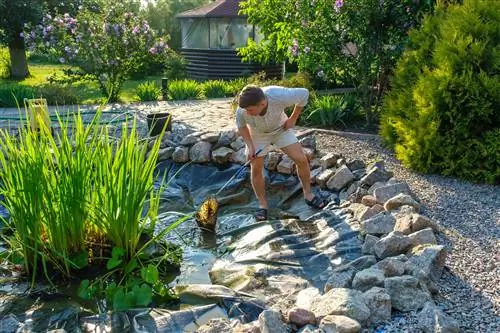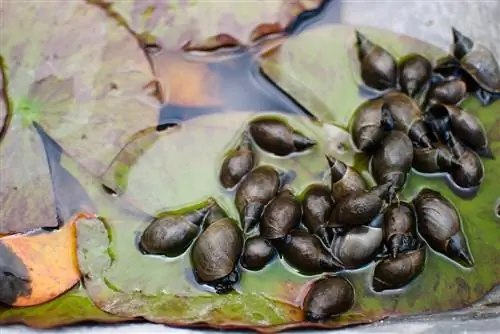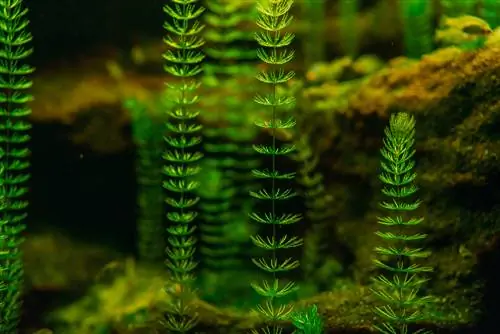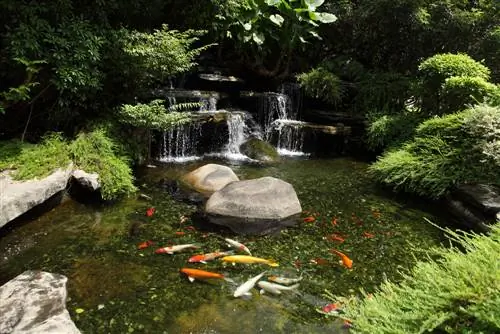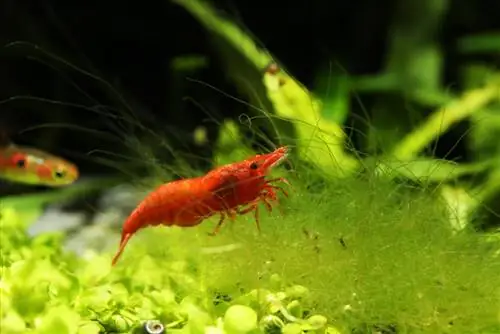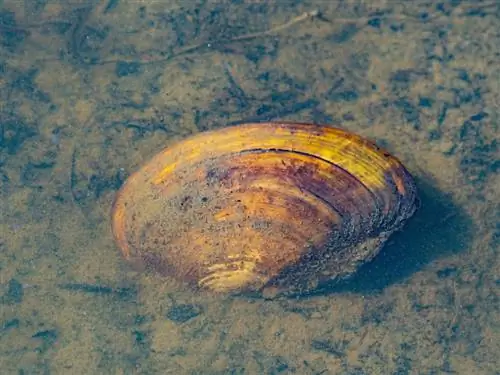- Author admin [email protected].
- Public 2023-12-16 16:46.
- Last modified 2025-01-23 11:22.
Algae in the water worries many pond owners, especially in the warm summer months. There are some home remedies circulating to combat increased algae formation. Find out here how charcoal works against algae in the pond and how to use it effectively.
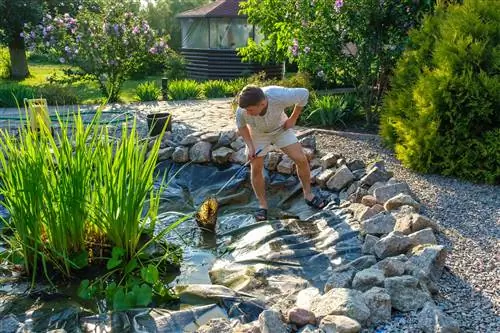
How does charcoal work against algae in the garden pond?
Charcoal should not end up in the pond. It is best to use activated carbon with a much finer-pored surface. Activated carbon binds phosphates in the water and thus deprives the algae of important life building blocks. As a result, their growth is severely inhibited or even dies.
How to use charcoal against algae in the pond?
Place the activated carbon in smallbags in the pond filter system to combat algae. Here the coal can filter phosphates and toxins from the water. Remove the bag after two to three days, depending on the level of exposure, and dispose of it with household waste. Never put loose activated carbon in the pond water. The coal can crumble easily and is then difficult to remove. The floating algae can also be robbed of the building blocks of life.
Can you remove algae from the pond without charcoal?
Thread algae are not initially a sign of poor water quality. However, if there are too many, you should remove them. Otherwise, the supply of light and oxygen to the water is severely hindered and restricts the growth of aquatic plants and pond creatures. In the worst case, they even collapse completely. It is best to fish thread algae out of the water like long spaghetti using a stickor a landing net and dispose of it in the compost or in organic waste. Floating algae are ideally filtered out using a suitable filter system.
Tip
Use barley straw as an alternative
Barley straw lowers the pH value in water and makes it acidic. Algae react very sensitively to this and die. In addition, the water becomes cloudy, which limits photosynthesis and reduces algae growth. Then remove dead plant parts from the water. If algae have settled on the bottom of the pond, you should vacuum them up with a pond vacuum or loosen them up and brush them off.

